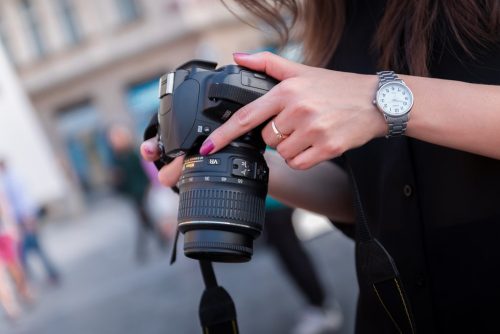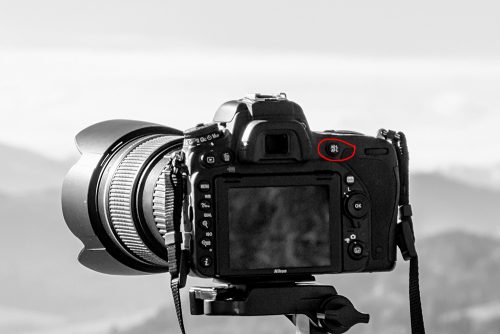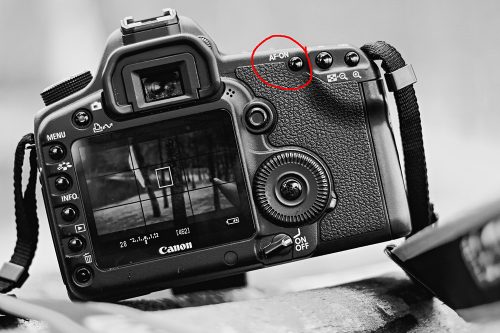When starting out with photography, we get engrossed with the exposure triangle and trying to get a balanced image with the right exposure. Often, what we do not give much importance to is, nailing focus, without which an image becomes useless. No software out there can bring back your blurred image into focus and this is something that needs to be practiced a lot especially while shooting wider apertures or while shooting fast-moving subjects and has to be done right in the camera.

Image by JESHOOTS.Com
Here are some tips on how to nail focus every time you take a photograph
1. Shutter Speed vs. Focal Length Rule: The first setting to get right, especially with moving subjects, is the shutter speed. It has to be fast enough to freeze any actions. Play around with the aperture and ISO to get the right shutter speed. The rule is
- For Full frame cameras, Minimum Shutter Speed = 1/Focal Length or more
- For cropped sensor cameras, Minimum Shutter Speed = (1/Focal Length) x 2 or more
2. Use Continuous Autofocus: Use this setting on your camera when shooting moving objects. With this activated, the camera will keep track focus of the subject you have your focus on. This is very helpful when shooting events, sports, and wildlife.
3. Use Back Button Focus: This is something a majority of photographers do not use. If your camera has this button (AF-ON or AE-L/AF-L), by all means, set this up as your focus button as this lets you use this button to focus/lock focus and use the shutter button, just for shutter release. This helps you to have your subject in focus, every time you recompose and press the shutter.

Image by Photo Mix

Image by Pok Rie
4. Avoid Camera Shake: Eliminate any camera shake by holding your camera as firmly as possible to avoid creating blurry images. If you are shooting handheld, make use of the image stabilization (IS) or vibration reduction (VR) if your lens has them and follow the above rule (point no. 1). If your shutter speed is less, use a tripod, but make sure you switch off IS or VR and use a remote shutter release.
5. Use Single AutoFocus Point: This option helps you to select where you want the focus to be in the frame, rather than letting the camera choose it for you. Do not focus – recompose, instead move the focus point to the area where you want the focus to be and then shoot the image. This helps to have the focus right on the eyes in portraits and while shooting using very shallow depth of fields.
A lot of these technical issues are covered well in Phil Steele's very useful course, Headshots with Speedlights – check it out to take things a step further with your photography.





5 Comments
I really like the point made here about the single auto focus point!!!
Recently I was running a property photography workshop, for a company employs, where I ended up spending 30 minutes to get their heads around why they should focus, lock the focus and recompose the scene. It was going to be easier for me, if the participants in this workshop were reading the manuals of the cameras they used.
What do you mean by
Minimum Shutter Speed = (1/Focal Length) x 2 or more? For instance, with a 200 mm telephoto on a cropped sensor camera, I should use 1/100 s [ (1/200) x 2 ] or 1/400 s [ 1/(200 x 2) ] as the minimum exposure time?
1/400
Great tips! Do you have any specific tips for focusing in low lighting? I seem to have an issue sometimes with auto focus when taking photos close to dusk.
i believe this was covered in another topic but using the Live View and magnify and focus. i’m just saying.. thanks for these and all the other tips. they are most helpful.